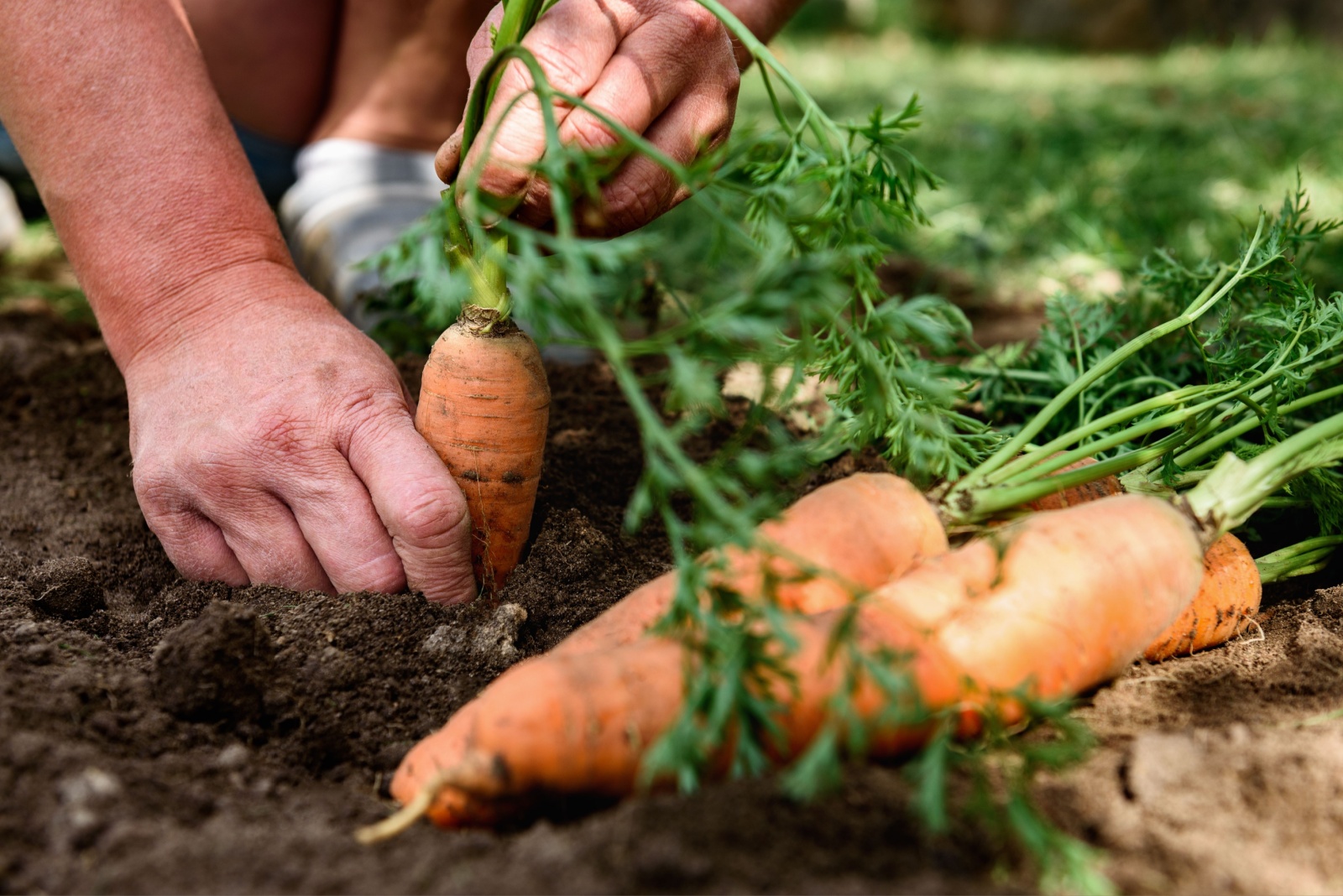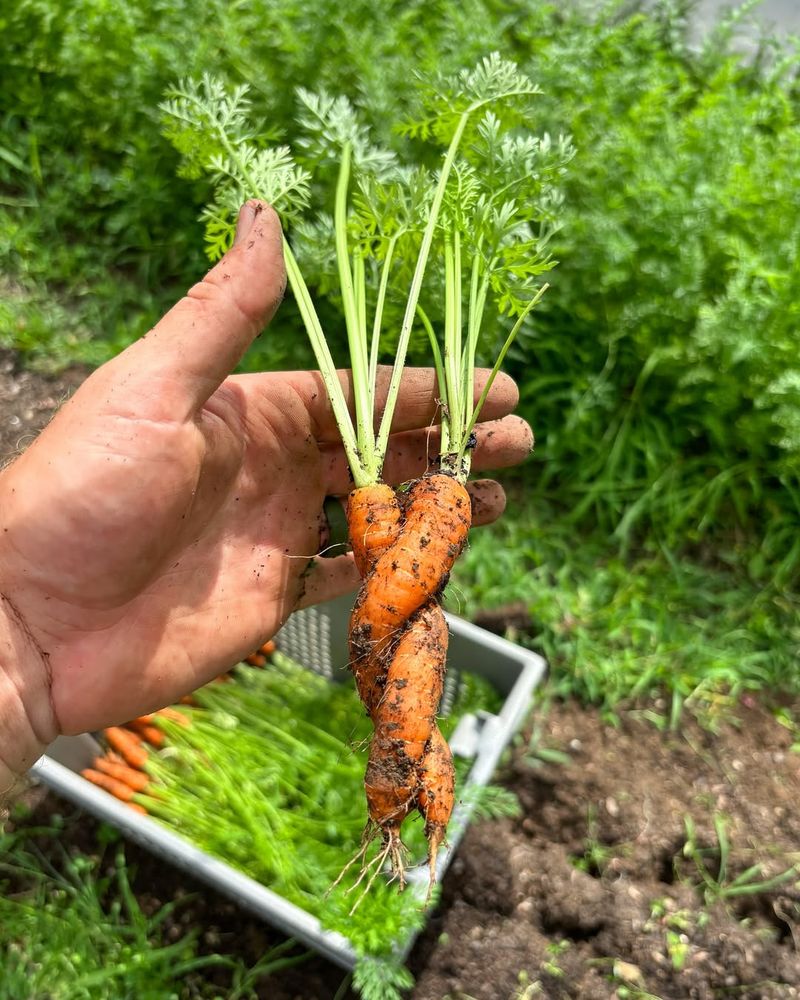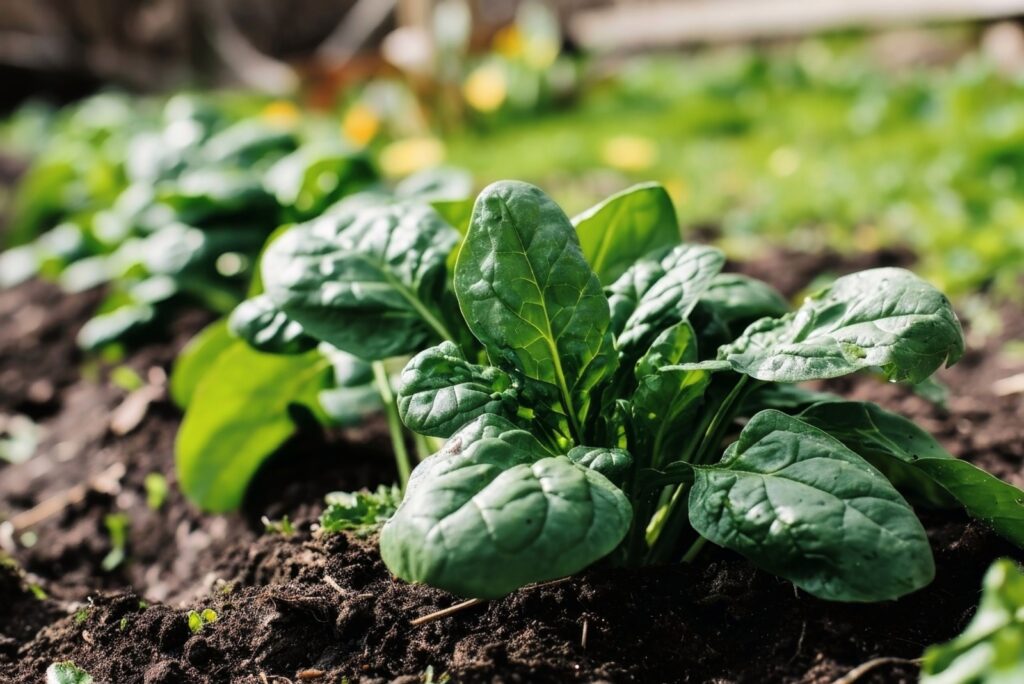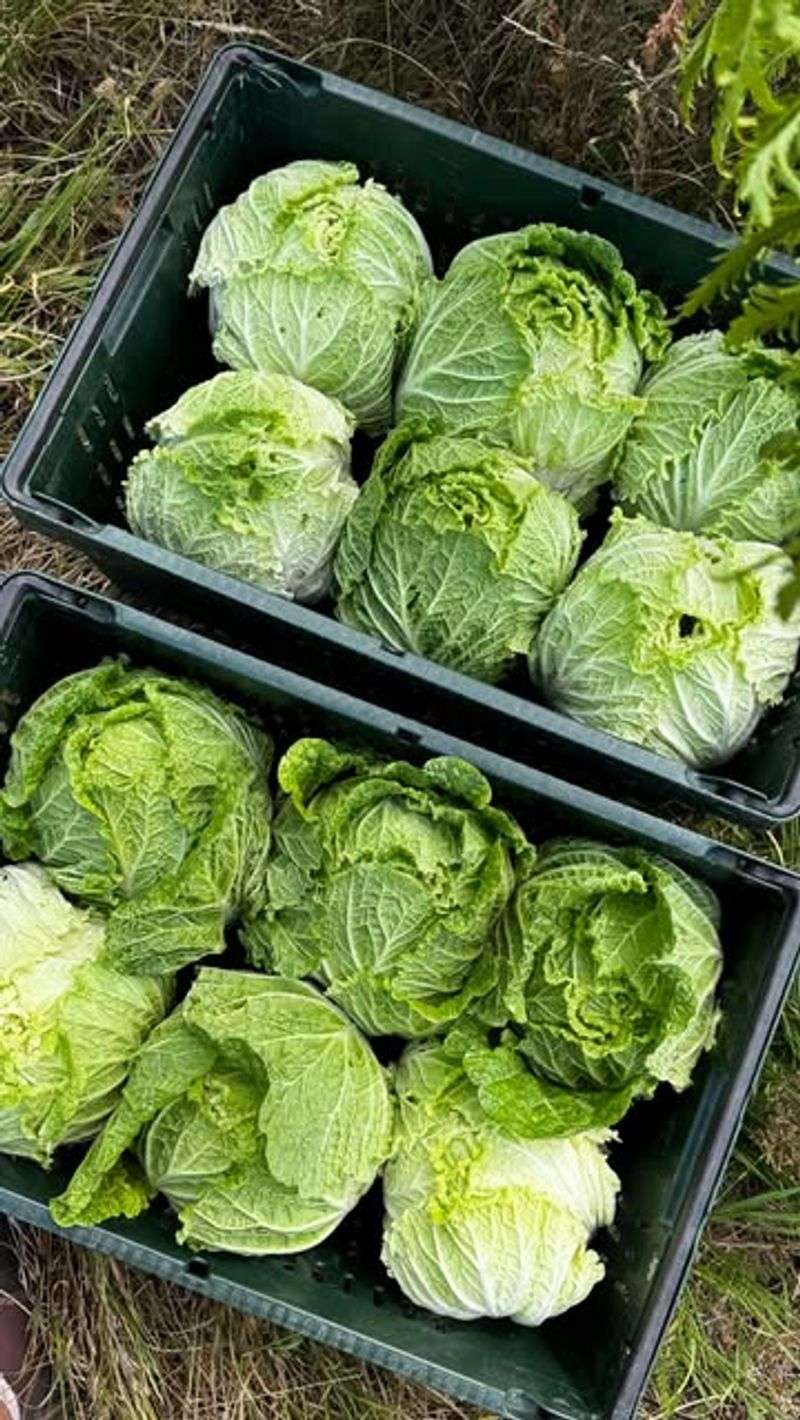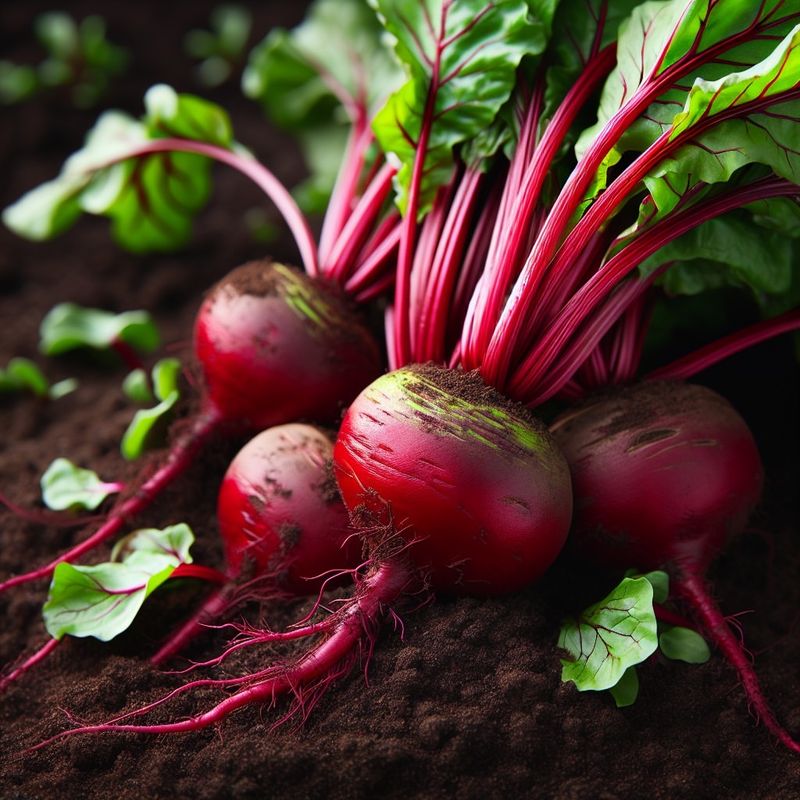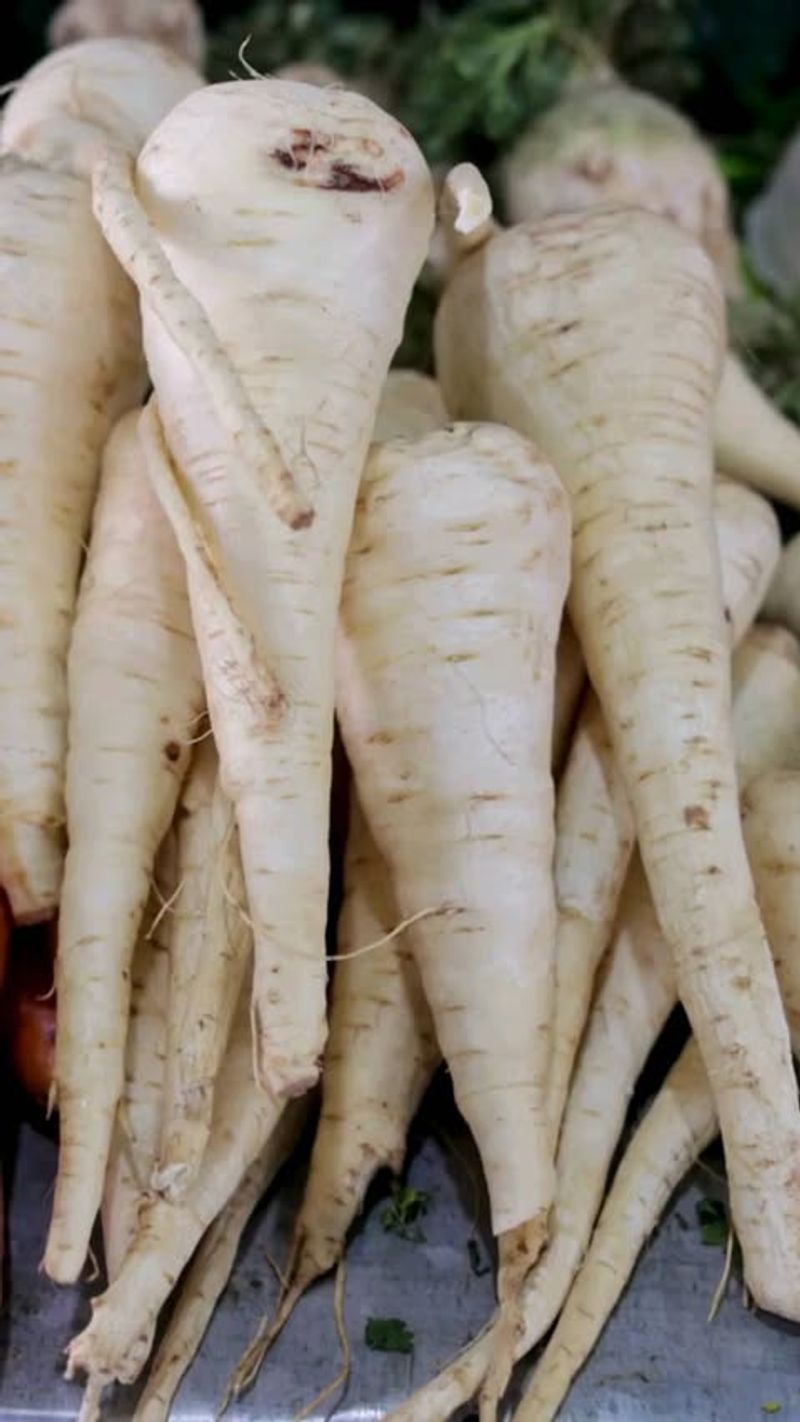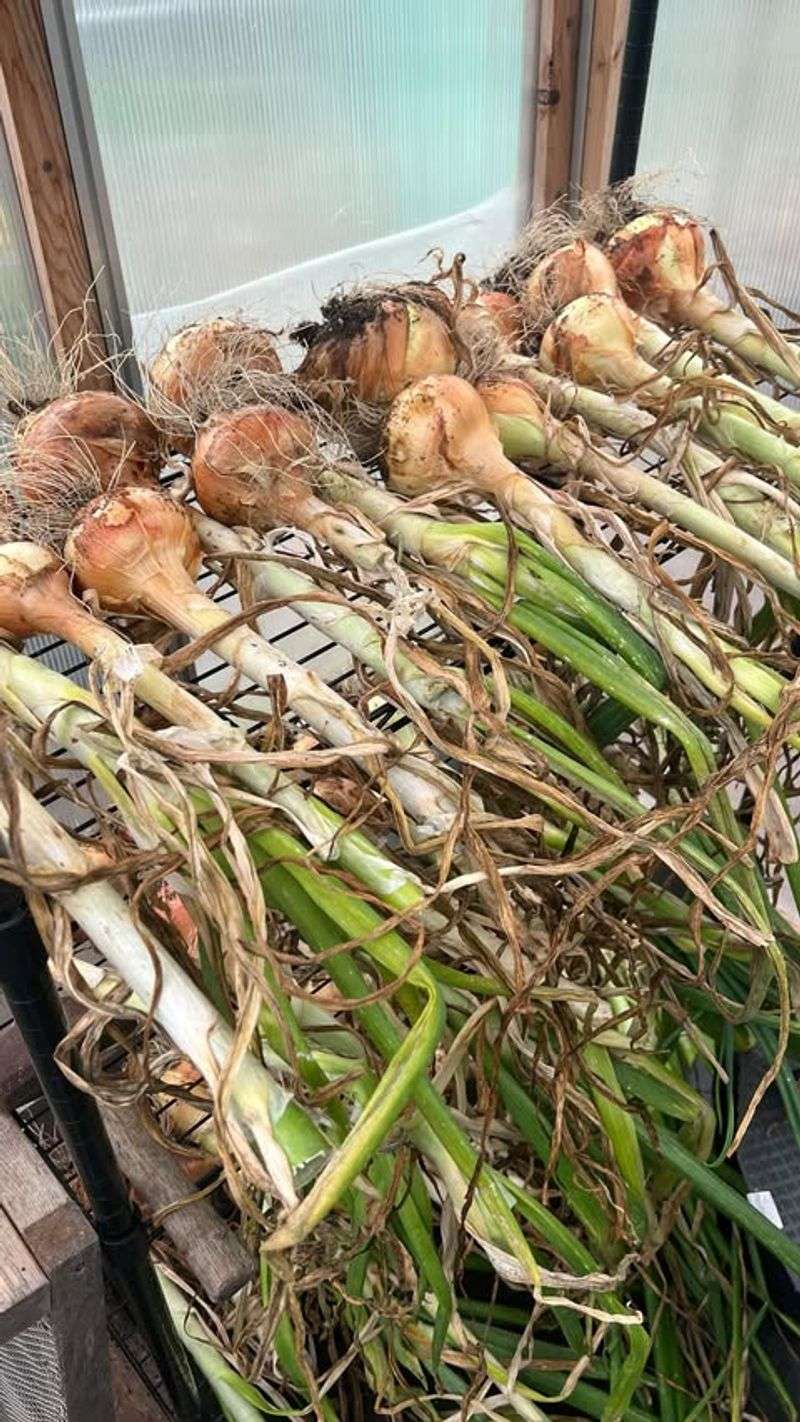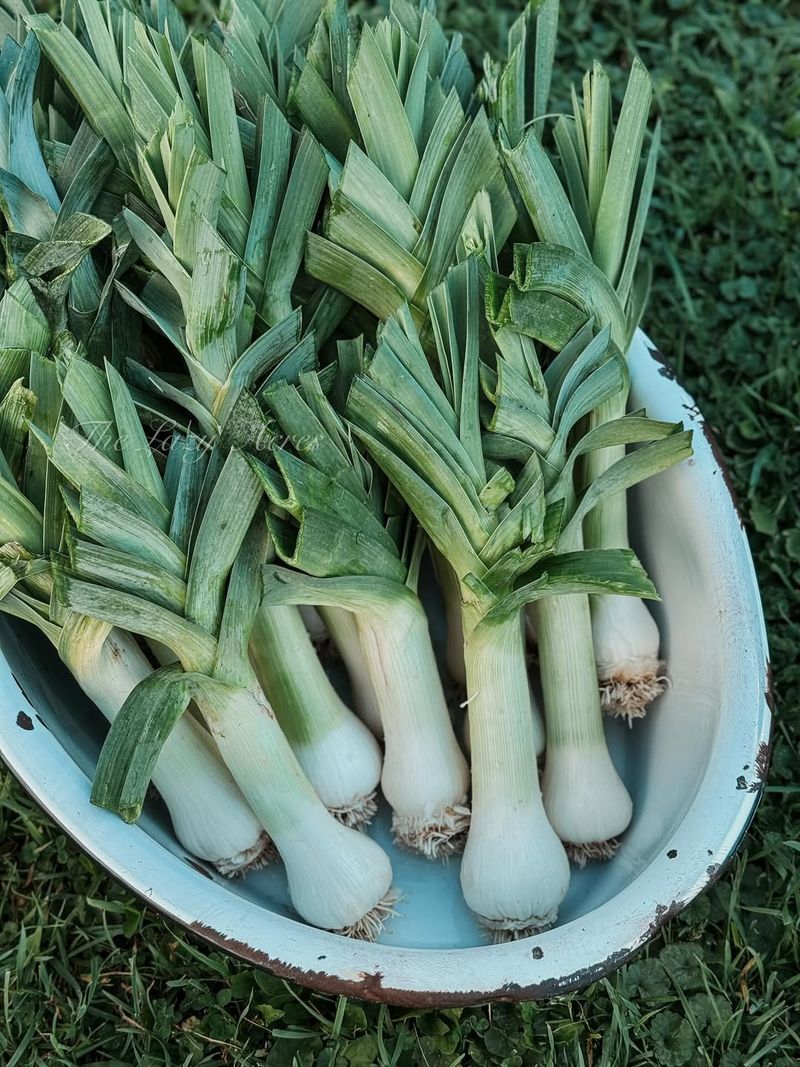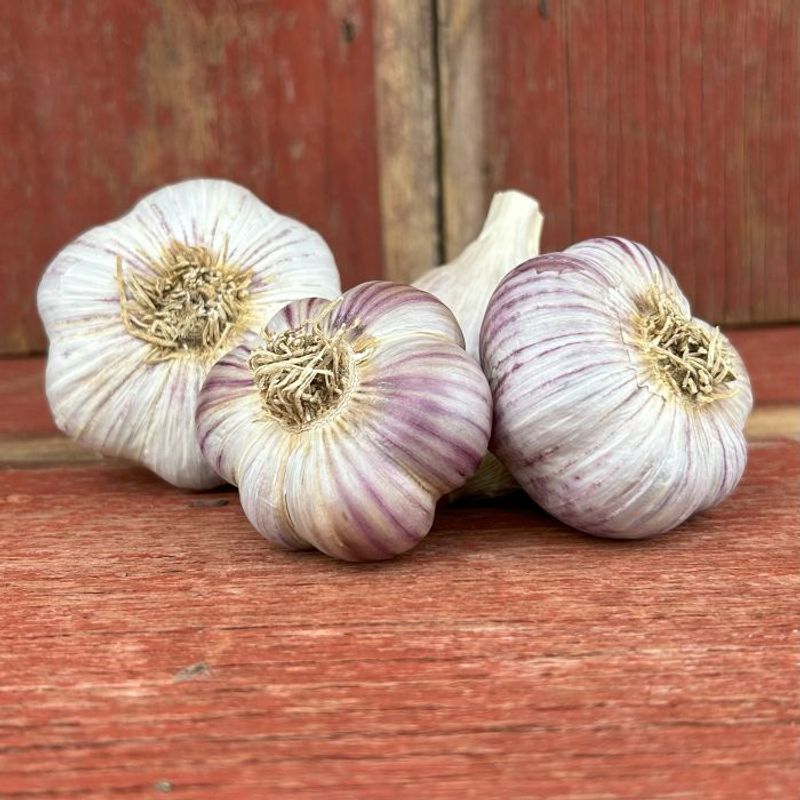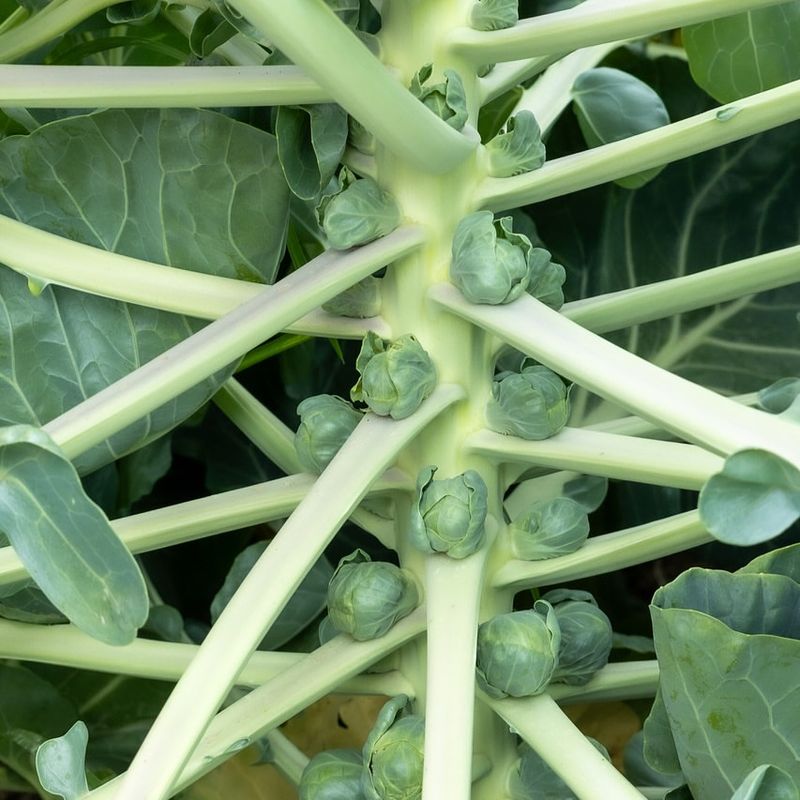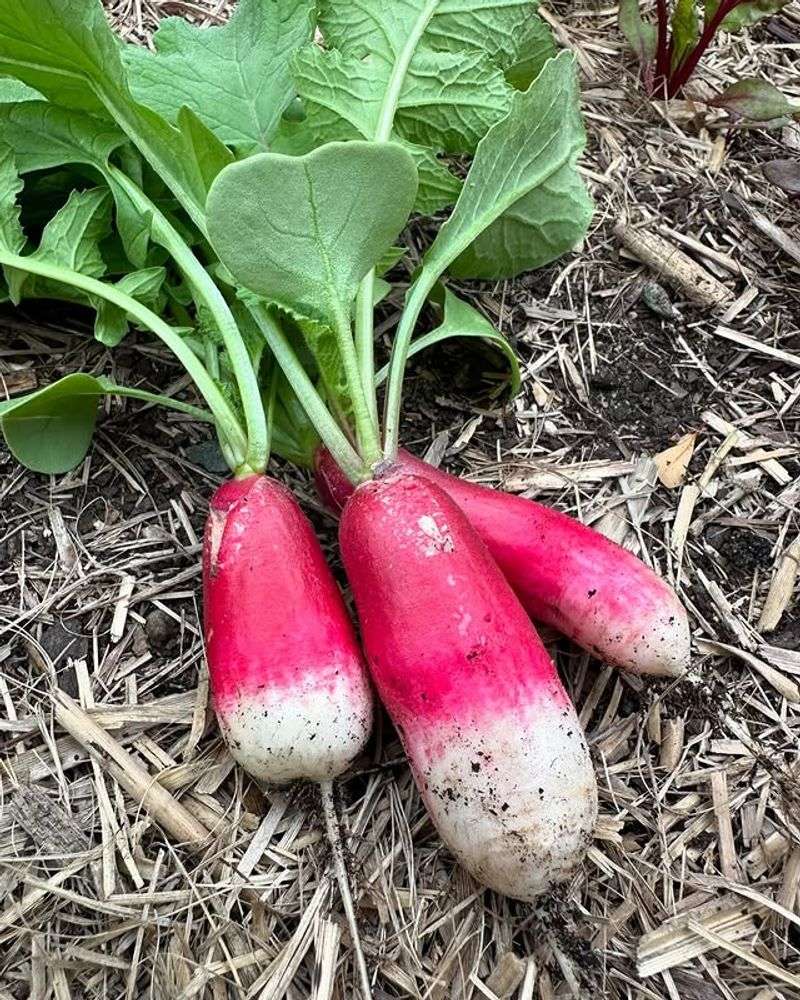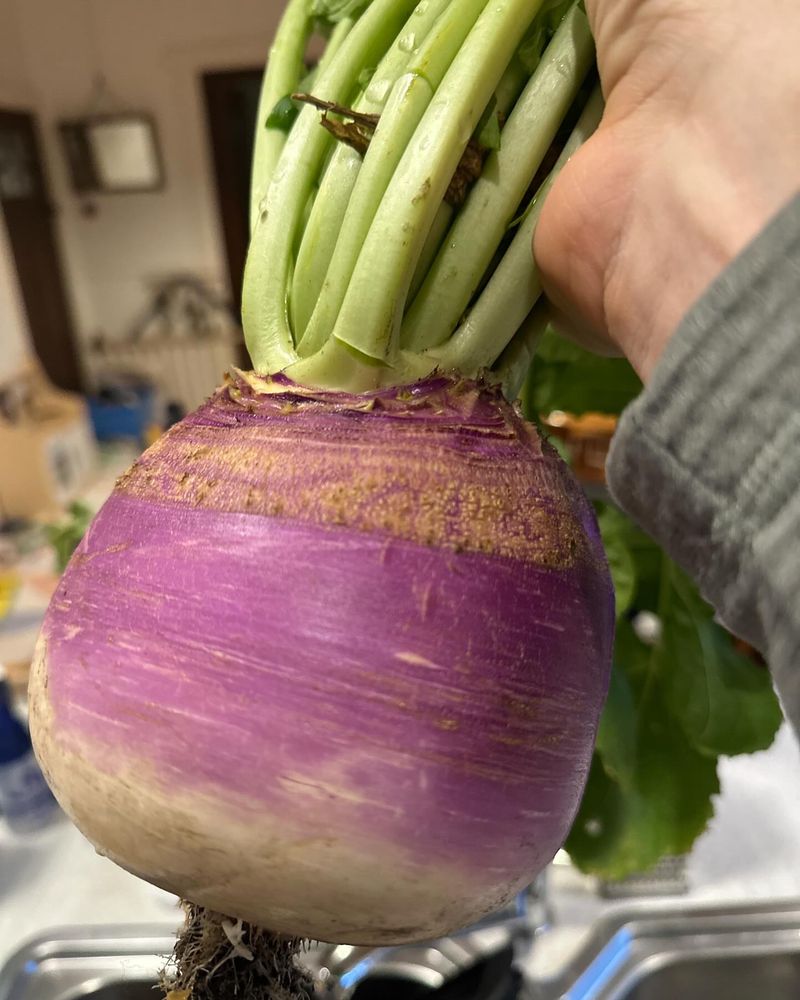Wisconsin gardeners don’t need to put away their gloves when temperatures drop. Despite the state’s notoriously harsh winters, many vegetables actually prefer cooler growing conditions and can withstand frost.
With the right selection of cold-hardy varieties and proper timing, you can enjoy a productive garden even in Wisconsin’s challenging climate. Here are 12 vegetables that will reward your efforts with abundant harvests despite the Badger State’s chilly growing season.
1. Hearty Kale
Growing kale in Wisconsin gardens provides leafy greens long after other vegetables have surrendered to frost. The cold actually improves its flavor by converting starches to sugars, creating a sweeter taste after the first light freezes.
In my Wisconsin garden, the ‘Winterbor’ variety consistently outperforms others, standing strong even when snow dusts its curly leaves. Plant in late summer for a fall and winter harvest.
Mulch heavily around plants to protect roots when temperatures plummet below 20°F. You’ll likely still be harvesting fresh kale when your neighbors have long since emptied their gardens.
2. Underground Carrots
The natural insulation of Wisconsin soil keeps these orange roots safe during cold spells. For best results, sow seeds in mid-summer for fall harvest, or plant early spring for summer eating.
Fall-harvested carrots develop exceptional sweetness after light frosts trigger sugar production. Many Wisconsin gardeners leave some carrots in the ground with heavy mulch protection, harvesting throughout winter months when the ground isn’t completely frozen.
Short-season varieties like ‘Napoli’ and ‘Mokum’ perform particularly well in our northern climate. My personal experience shows they’re among the most reliable winter vegetables in the Badger State.
3. Frost-Kissed Spinach
Summer heat makes spinach bolt quickly, but fall plantings thrive in Wisconsin’s cooling temperatures. The leaves actually become sweeter and more tender after light frosts, making autumn the perfect season for this nutritional powerhouse.
Cold frames or simple row covers extend the harvest season well into winter. For me, ‘Tyee’ and ‘Winter Bloomsdale’ varieties have proven remarkably cold-tolerant, surviving temperatures down to 20°F without protection.
Start seeds in August for a fall crop, or as soon as soil can be worked in spring. Wisconsin gardeners appreciate how spinach returns year after year through self-seeding if allowed to flower occasionally.
4. Storage-Champion Cabbage
Few vegetables store better through Wisconsin winters than properly harvested cabbage. The dense heads develop best in cool weather, making them perfectly suited to our northern growing season.
Plant seedlings in early spring for summer harvest, or in midsummer for fall harvest. Storage varieties like ‘Storage No. 4’ and ‘Kaitlin’ have impressed many Wisconsin gardeners with their ability to keep for months in cool basements or refrigerators.
A light frost often improves flavor by converting starches to sugars. In my experience growing vegetables across central Wisconsin, cabbage consistently produces reliable harvests even in challenging seasons.
5. Ruby-Red Beets
Wisconsin’s cool soil temperatures create ideal conditions for developing sweet, tender beets without woodiness. The greens provide bonus nutrition, harvestable weeks before the roots mature.
Direct-sow seeds as soon as soil can be worked in spring, then again in midsummer for fall harvest. Fall beets develop particularly vibrant color and sweetness as temperatures drop.
Last year, my garden in northern Wisconsin produced beets until mid-November under a simple layer of straw mulch. ‘Bull’s Blood’ and ‘Detroit Dark Red’ varieties have proven themselves especially suited to our shorter growing season.
6. Sweet-After-Frost Parsnips
The lengthy growing season parsnips require aligns perfectly with Wisconsin’s calendar. Plant these pale roots in early spring for fall and winter harvesting, when their flavor improves dramatically after exposure to cold.
Many Wisconsin gardeners leave parsnips in the ground through winter, protected by snow cover and mulch. The starches convert to sugars after frost, creating a naturally sweet, nutty flavor unmatched by store-bought varieties.
Patience rewards parsnip growers – germination takes up to three weeks, but the resulting crop stores well through our long winters. My garden plots near Madison have yielded parsnips harvestable even in January during mild winters.
7. Long-Storing Onions
Starting onions early gives them time to develop fully before Wisconsin’s first fall frosts. Long-day varieties perform best in our northern latitude, forming large bulbs during summer’s extended daylight hours.
Proper curing after harvest ensures onions will store through winter months. Spread harvested bulbs in a single layer in a dry, well-ventilated area for two weeks before storing.
Wisconsin gardeners near Lake Michigan benefit from slightly moderated temperatures that extend the growing season. ‘Yellow Storage’ and ‘Copra’ varieties have consistently outlasted others in my root cellar, providing flavor for winter soups and stews until spring.
8. Flavorful Winter Leeks
Hardy leeks stand tall through early frosts, making them perfect for Wisconsin’s unpredictable fall weather. Unlike many vegetables, their flavor actually improves with cold exposure, developing a milder, sweeter taste.
Mulching heavily around stems allows harvest well into winter in many parts of the state. The long growing season means starting seeds indoors in February or March for transplanting when soil warms.
One Wisconsin gardening trick involves hilling soil around stems throughout the season to increase the prized white portion. My experiences growing ‘American Flag’ and ‘Bleu de Solaize’ varieties proved they can survive temperatures down to 20°F with minimal protection.
9. Garlic For All Seasons
Fall planting gives garlic a head start in Wisconsin gardens. Cloves planted in October develop roots before winter dormancy, then surge into growth with spring’s first warmth.
Hardneck varieties like ‘German Extra Hardy’ and ‘Music’ thrive in our cold climate, producing both flavorful bulbs and edible scapes in early summer. The scapes provide a bonus harvest while bulbs continue developing underground.
Wisconsin’s cold winters actually help garlic develop larger cloves and stronger flavor. My garden plots near the Driftless Area consistently produce garlic heads that store well into the following spring when properly cured after July harvest.
10. Brussels Sprouts On Stalks
Timing is everything with Brussels sprouts in Wisconsin gardens. These miniature cabbages need a long growing season but develop their best flavor after exposure to frost.
Starting seeds indoors in April for June transplanting allows plants to size up during summer, forming sprouts along tall stalks by September. The cool fall temperatures sweeten the flavor dramatically.
Wisconsin gardeners often leave plants standing through early frosts, harvesting sprouts as needed from the bottom up. My experience with ‘Diablo’ and ‘Gustus’ varieties showed they remained harvestable even after light snow in protected areas of the garden.
11. Quick-Growing Radishes
Fast-maturing radishes provide nearly instant gratification in Wisconsin’s short growing seasons. Plant them as soon as soil can be worked in spring, then again in late summer for fall harvest.
The cool temperatures in spring and fall prevent the hot, woody texture that summer heat can cause. Winter varieties like ‘Watermelon’ and ‘Black Spanish’ grow larger and store well through Wisconsin winters.
Many gardeners in the northern counties use radishes as row markers for slower-germinating crops. The spicy roots have become my reliable first and last crops of the season, often harvestable into November with minimal protection.
12. Hardy Turnips
Overlooked by many gardeners, turnips deserve more attention in Wisconsin vegetable patches. Both the roots and greens provide nutritious harvests, with the greens ready weeks before the roots mature.
Direct-sow seeds in late July for fall harvest when cool temperatures develop sweetest flavor. Light frosts improve taste by converting starches to sugars, eliminating the strong flavor some find objectionable.
The ‘Hakurei’ variety has convinced even turnip-skeptics in my community garden with its mild, almost fruity flavor. Wisconsin’s climate seems particularly suited to growing these roots, which store well in cool cellars through winter months.

